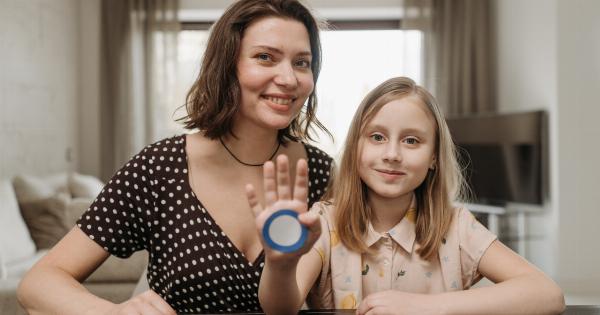Diabetes is a chronic disease that affects millions of people worldwide. It is a condition where the body’s blood glucose levels are higher than normal. This can lead to serious health complications if left untreated.
However, with proper management and awareness, individuals can lead a healthy life. One of the ways to raise awareness and funds for diabetes research is through a Walk for a Cure campaign. This initiative brings people together to walk and show their support for finding a cure for diabetes.
The Impact of Diabetes
Diabetes has a significant impact on individuals, families, and society as a whole. It can affect people of all ages, from children to the elderly.
The disease can lead to various complications, including heart disease, stroke, kidney failure, and vision problems. Furthermore, diabetes can also have emotional and psychological effects on individuals, as they may feel overwhelmed or stressed by the self-management requirements of the condition.
The Importance of Awareness
Creating awareness about diabetes is crucial in combating the disease. Many people are unaware of the early signs and symptoms of diabetes, which can delay diagnosis and treatment.
By increasing public knowledge, individuals at risk can identify potential symptoms and seek medical attention, leading to early intervention and improved outcomes. Additionally, awareness campaigns play a significant role in destigmatizing the disease and offering support to those affected.
Organizing a Walk for a Cure
The Walk for a Cure campaign brings communities together to support diabetes research and advocate for a cure. Organizing such an event requires careful planning and implementation. Here are some steps to consider:.
1. Create a Team
Gather a dedicated team of volunteers who are passionate about raising awareness for diabetes. These individuals will be responsible for organizing and managing the event.
2. Set a Date and Location
Choose a date and location for the walk. Consider factors such as accessibility, weather conditions, and the number of participants you expect to attend.
3. Secure Sponsorships
Reach out to local businesses, organizations, and sponsors who may be interested in supporting the cause. Offer different sponsorship packages, such as logo placement on event banners, t-shirts, or promotional materials.
4. Promote the Event
Create a comprehensive marketing plan to spread the word about the Walk for a Cure campaign. Utilize social media platforms, local newspapers, community websites, and flyers to reach a wide audience.
5. Recruit Participants
Encourage individuals and teams to sign up for the walk. Provide incentives such as early bird registration fees, prizes for top fundraisers, and recognition for participants who gather the largest teams.
6. Plan the Route and Logistics
Create a safe and enjoyable route for the walk. Ensure that there are enough restrooms, water stations, and medical assistance available along the way.
7. On-Site Registration
Set up a registration booth on the day of the event to accommodate any last-minute participants. Have a system in place to collect registration fees and provide participants with their walk bibs and t-shirts.
8. Organize Entertainment and Activities
Incorporate entertainment and activities to make the event more engaging and enjoyable for participants. Consider live music, guest speakers, games, and educational booths.
9. Walk Day Logistics
Ensure that all logistics are in place on the day of the walk. This includes having a clear start and finish line, strategically placed signage, and enough volunteers to assist participants along the route.
10. Thank Participants and Sponsors
After the event, express gratitude to all participants, volunteers, and sponsors who made the Walk for a Cure possible. Send personalized thank-you notes or certificates of appreciation to acknowledge their support.
Conclusion
A Walk for a Cure campaign is an impactful way to raise awareness and funds for diabetes research. By organizing an event and bringing communities together, it becomes possible to make a difference in the lives of those affected by diabetes.
Through increased awareness, support, and research efforts, we can strive for a future where diabetes is no longer a widespread health concern.


























